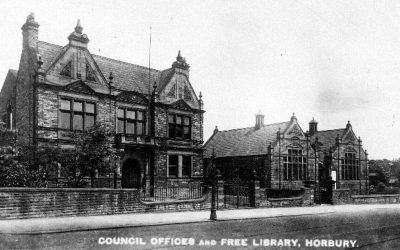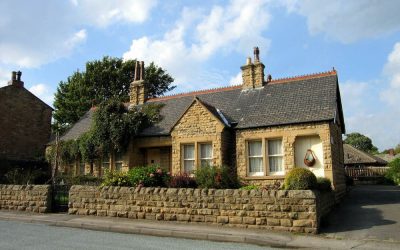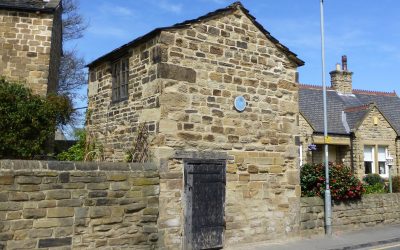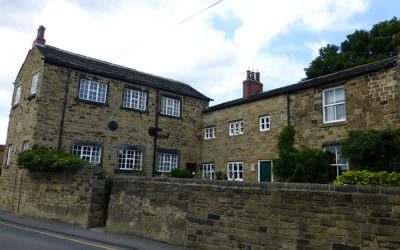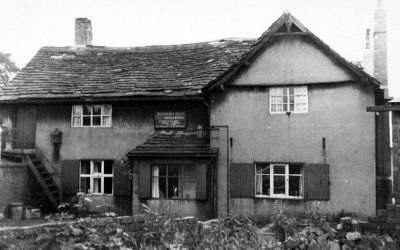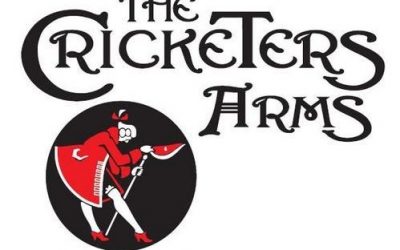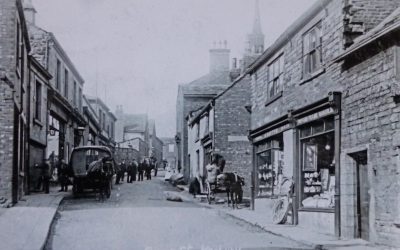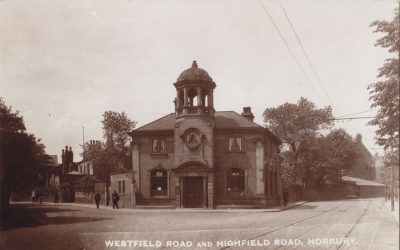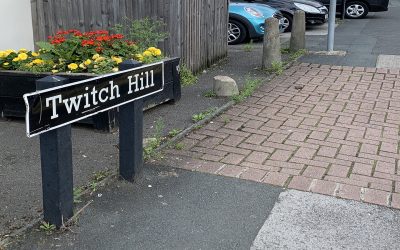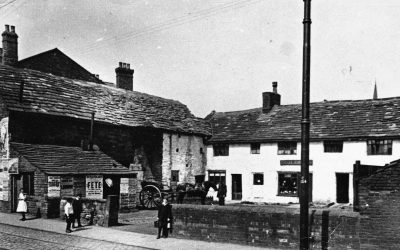Places
Town Hall
The plot of land on which the Town Hall and Library stand was previously a house and garden occupied by Mr William Thickett, builder. The land and buildings were purchased by Horbury Urban District Council (HUDC) in 1899 from Messrs Baines for 3s 3d per yard (£2,100...
St. Leonard’s Hospital
Next to the Lock up, the buildings named St. Leonard's Hospital are not the first to occupy the site. They were built by Canon John Sharp in 1888 to replace the original almshouse building, which was demolished circa 1887. Canon John Sharp, the Vicar of Horbury raised...
Lock up
Next to the Old Town School this small building, which forms part of the premises is Horbury's old lock-up or "Kidcote" which dates back to 1710. It is a two storey building, the ground floor formerly being used as a prison with only a small stone basin for comfort....
The Old Town School
The Old Town School opposite, marked by a stone plaque in the wall dated 1798, was the first school to be founded in Horbury and dates back to 1708 on land acquired by the Horbury Common Lands Trust for £4. A report dated 1827 shows "10 poor children" being taught and...
Tithe Barn Street
Tithe Barn Street in Horbury was so named after the old tithe barn, which was used to store produce of the tithe. A tithe means a tenth and one tenth of every Horbury parishioner's income from produce of the land had to be donated to the church & the QR Code...
The Shepherd’s Arms
The Shepherds Arms dates back to the 16th century and was originally called Nether Hall. Inside the main building of the Shepherds Arms, there remains some evidence of a small, timber-framed building dated 1538. Historical records show that the building was originally...
The Cricketer’s Arms
The Cricketers Arms was built in 1898 and is a traditional red brick late Victorian/Edwardian style building with a timber framed frontage to the third storey. The pub was served by Melbourne Breweries, Leeds until 1960 when Tetley's bought out Melbourne Brewery and...
The corner of Northgate & Tithe Barn Street
Opposite the church, at the corner of Tithe Barn Street with Northgate, is a group of late 18th Century two-storey brick-built houses with stone slate roofs. The Northgate elevation incorporates a carriage entrance and featured as a corner shop in the film of Stan...
Queen Street
Probably named in honour of Queen Victoria, Queen Street was formerly known as Hodge Lane & Widgery Lane. 'Boon's' public house began life as 'The Woolpacks Inn', licensed in 1800. The shop, now called 'Pinx' was once a butcher's shop & house. The garden area...
No.2 Highfield Road
Built on the site of Lidgate Mill (worsted), this was originally the 'United Counties Bank', which became a branch of 'Barclay's Bank'. For the past 25 years or so it has been various licensed premises before its current incarnation. To the left of the of this...
Twitch Hill
It has been suggested Twitch Hill, as in T'Witch Hill, gets it's name from being the place where witches were executed back in the 17th Century. The last execution for witchcraft in England was in 1684, when Alice Molland was hanged in Exeter. However, as colourful as...
No.s 2, 10 & 12 High Street
No.2 High Street, now The Beauty Spa, was once the home of Henry Fallas, local builder & stonemason. Henry Fallas & Sons were responsible for some of the finest buildings in Horbury, notably the Town Hall, Library and United Methodist Church (now part of...
© 2019 Horbury Civic Society.
Registered Charity Number: 255238

